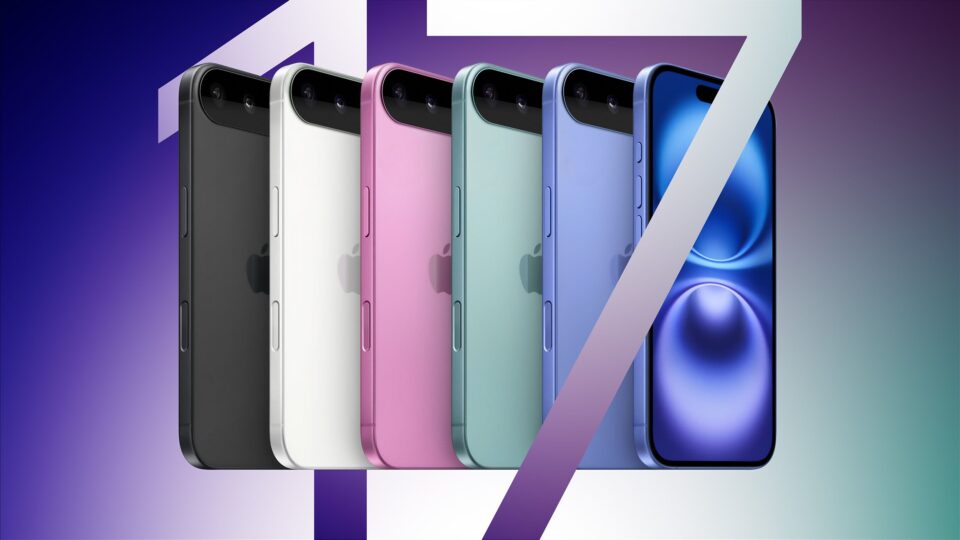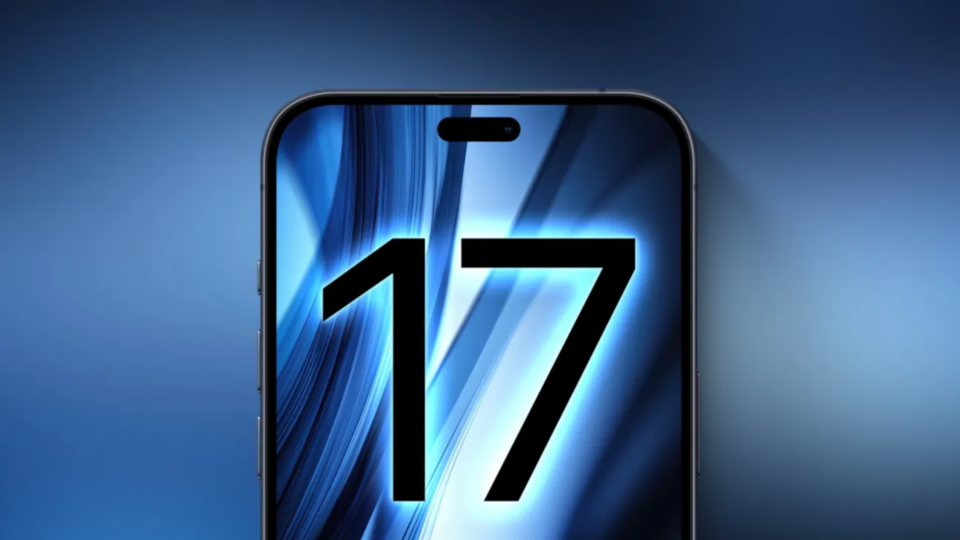
iSIM vs eSIM: A Comprehensive Comparison and Analysis
Even though eSIM is not a brand-new term, you might be under the impression that its pronunciation needs to be corrected. However, this isn’t a myth; it exists and is superior to eSIMs. The sources have declared that smartphones equipped with the following Snapdragon CPUs will support iSIM. With the support of the Snapdragon 8 Gen 2 SoC, millions of smartphone users will soon be able to use iSIM.
What is eSIM?
eSIMs come in a separate chip and are integrated right into the phone’s circuitry. Nevertheless, this is more compact than actual SIM cards and frees up space in phones where a SIM card slot would have been. This enables companies to create gadgets that are smaller, sleeker, and have better functioning without compromising on features.
How to enable eSIM?
To upgrade to eSIM and start the eSIM request, users have to visit the offline shop of their specific network provider or utilize their app. While activating or enabling an eSIM is straightforward, it varies according to the operator.
eSIM: What phones are supported?
This technology is compatible with Apple devices, including the iPhone XR, iPhone XS, iPhone XS Max, iPhone 11 series, iPhone SE series, iPhone 12 series, iPhone 13 series, iPhone 14 range, and all iPhone 15 models.
There is less support for eSIM on Android phones. These include the Galaxy Z Fold, Galaxy S21 series, Galaxy S20 series, Galaxy Z Fold 3, Galaxy Z Flip 3, Galaxy S22 series, Galaxy S23 series, Galaxy Z Fold 4, and Galaxy Z Flip 4 from Samsung.
Other devices that accept eSIM include the Nokia G60, Nokia X30, Vivo X90 Pro, Motorola Razr, Motorola Edge 40, and Motorola Razr 40 series. The Google Pixel 3 and above models are likewise subject to this.
eSIM: Advantages
- eSIMs allow for the elimination of physical SIM cards and trays, which allows for the creation of smaller device designs. Devices can get sleeker and thinner as a result.
- Remote provisioning eliminates the necessity for a hands-on SIM card exchange. With the ability to alter their cell plan or carrier via an app or an online portal, consumers who travel frequently or need to transfer carriers regularly may find this to be very helpful as it offers more flexibility and ease.
- Many profiles may be stored on some eSIMs, making it simple for consumers to transition between personal and business mobile plans or between various carriers.
- Additionally, they can include enhanced security measures that make it more difficult for tampering or illegal access, which is advantageous for safeguarding sensitive data.
eSIM: Disadvantages
The main issue with eSIM is that it becomes problematic if you often swap devices. Every time you switch phones, you have to go through the setup process again with the eSIM activation process, unlike with a physical SIM card that is readily transferred to a new phone.
What is iSIM?
The iSIM and eSIM are identical, except iSIM operates without the need for a separate chip as it is incorporated into a chipset. An iSIM is 100 times smaller than a nano SIM card. At the moment, only Snapdragon 8 Gen 2 SoCs are available with it.
iSIM: Advantages
- iSIM technology surpasses eSIMs and Nano SIM cards, giving dramatically greater power efficiency, which eventually leads to longer battery life, the well-known chip maker for phones powered by the Snapdragon.
- Its main advantage is that it does away with the requirement for a SIM card slot, freeing up room for other features like an extra vibration motor or a louder speaker.
- It also increases the phone’s resistance to water and dust. The additional advantages resemble those of eS.
Why not just simply use physical SIM Cards?
- SIM components aren’t tangible, phone firms may produce handsets that are more portable and small.
- This lessens their vulnerability to water and dust damage, which increases their durability.
- eSIMs and iSIMs also provide manufacturers additional space within the device to incorporate other components.
- eSIMs and iSIMs are compatible with a variety of mobile network providers, giving customers the freedom to move between providers without having to swap out SIM cards physically. They may also aid in simplifying the supply chain and production processes.
- Changing between local carriers while traveling is simple and eliminates the need to buy and install a real SIM card. For both leisure and business travelers, this may mean lower costs and a more comfortable trip.
Is There A Phone With iSIM Support So Far?
There isn’t any phone available right now that supports this. However, rumors have it that smartphone manufacturers are investigating this capability and that consumers may soon be able to purchase phones with this feature.
According to sources, over 300 million iSIM phones including the next Samsung Galaxy phones are expected to support iSIM technology. Qualcomm projects that this number might be reached by 2030.



